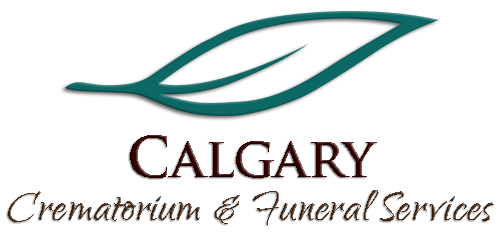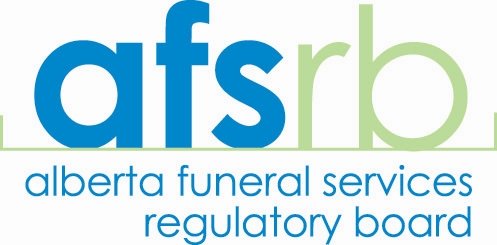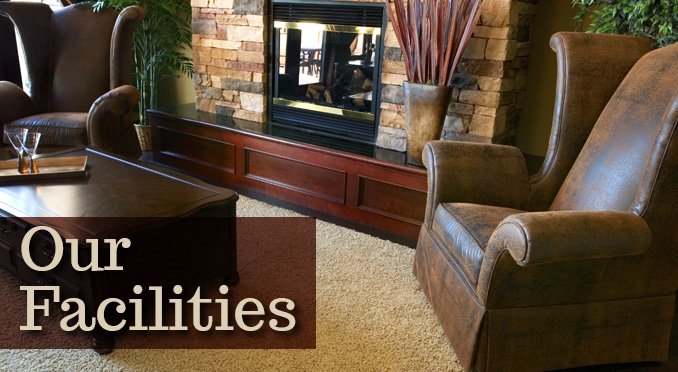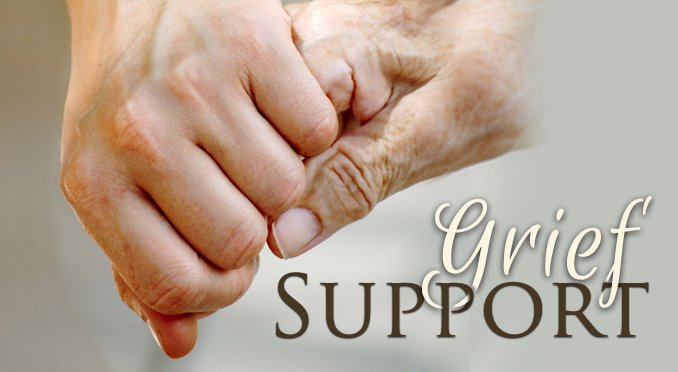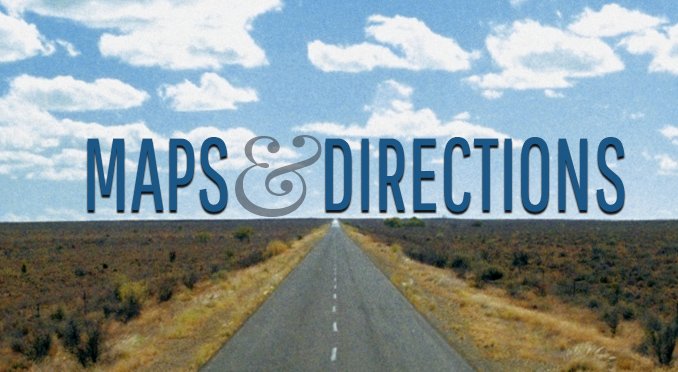

- Consultation with a licensed funeral director to coordinate all the details with respect to Crematorium and other parties responsible for the final disposition of the deceased.
- Transfer from place of death within a 40 km radius of the city of Calgary.
- Obtaining signed medical certificate.
- All record keeping and general clerical assistance
- Embalming and sanitation of deceased.
- Attendant for ceremonial washing and dressing.
- Cosmetology and casketing of deceased.
- Use of preparation area and/or dressing area.
- Obtaining legal documents required by the government for cremation.
- Compiling and typing of obituary.
- Obituary on website.
- Preparation and provision of a benefit packet.
- reparation and delivery of six Funeral Director’s Statements of Death.
- Use of arrangement offices.
- Use of business offices.
- Use of parking facilities.
- Two 1 hour visitations (family and public) at the funeral home during regular business hours prior to the funeral service.
- Ushers and attendants for funeral service and
- commencement service.
- Use of chapel for funeral service.
- All required funeral equipment.
- Handling and arranging of floral pieces.
- Sedan and driver to acquire proper paperwork.
- Memorial book.
- Urn safekeeping up to 12 months

What can be done with the cremated remains?
While laws vary by province, for the most part cremated remains can be placed in a columbarium, buried in a cemetery lot specifically designed for an urn, buried in an existing cemetery plot previously used for a casket (between 4-9 per plot) or scattered in a cremation garden at a cemetery, kept at home or scattered in lakes or parks.
